In the United States, data has shown that more than a third of fatal crashes on two-lane undivided highways and 27 percent of fatal crashes on four-lane divided highways occur in dark, unlighted conditions. Raised Pavement Markers (RPMs) are a common device deployed for roadway safety around the world since the 1930s. RPMs are delineation devices used to improve preview distances and provide guidance for drivers in inclement weather and low-light conditions. There are two main types of RPMs, ones that can be used with snow plows and ones that cannot.
While most states install RPMs selectively based on particular locational characteristics of the roadways, New Jersey uses RPMs along all centerlines (solid and skip), regardless of traffic volume, roadway geometry, or roadway classification. The extensive use of RPMs in New Jersey has raised interest in understanding 1) whether this significant investment generates variant safety benefits at different locations; 2) whether there are alternatives or modifications to the existing RPMs; and 3) how to optimize the installation, monitoring, and maintenance of RPMs and their promising alternatives in order to attain a more cost-effective safety improvement.
The selected team from Rutgers University and Rensselaer Polytechnic Institute employed four distinct methods to address these research questions. The first was to conduct a literature review to inform the development of a methodological framework for quantifying the safety and cost-effectiveness of RPMs and their alternatives, based on specific road and traffic characteristics. Second, the researchers developed a luminance measurement method to compare the luminance of RPMs to different markers’ ability to inform drivers of road lines. Luminance measurement is defined as “the amount of visible light leaving a point on a surface in a given direction” (“Lighting Design Glossary”). Third, the group conducted a survey of other state DOTs practices and their guidelines for installation, including alternatives used. Lastly, the researchers developed a computer-aided decision support tool to calculate the life cycle costs of RPMs and their alternatives. Different alternatives were considered throughout the study, including various forms of rumble strips, preformed tape, and delineators.
The researchers came to several findings that provided insight into NJDOT’s current use and potential future research opportunities. The literature review of previous studies was inconclusive, with no consensus on whether RPMs affect the crash rate on roadways, with past research showing both negative and positive safety changes post-installation.
The survey of state DOTs yielded 22 responses from states throughout all regions of the country. The survey had two main sections, “RPM Installation” and “RPM Inspection and Maintenance”. No consensus or clear pattern was found among the states in terms of practices for installation, inspection, maintenance, and alternatives used. However, the researchers found that other state DOTs were more selective than New Jersey in choosing RPM installation sites based on traffic volume, accident history, and weather conditions.
To quantify the contribution that RPMs make towards safety outcomes on New Jersey roads, researchers compared the safety performance of county roads since unlike state roads, some county roads do not have RPMs installed. The researchers found that county roads with RPMs had a 19 percent lower crash rate than county roads without RPMs. The most significant decreases in crash rates occurred in nighttime, wet weather conditions, providing insight into the conditions that RPMs may be most effective.
In the lab luminance study, the team tested samples of new and used RPMs, along with alternatives such as wet pavement reflective tape and channel-mounted delineators to determine how far away drivers could see the markers in nighttime conditions. The average lifecycle for RPMs is 6 years, with a maintenance cycle of 2-3 years. Used RPMs showed a 20-30 percent decrease in luminance than new RPMs, but that did not translate to decreased visual performance.
Finally, the team created a computer-aided decision support tool to evaluate and compare the life cycle cost of RPMs and alternatives, based on specific operational characteristics. Decision-makers can couple information on safety benefits for each device with the total cost for per unit crash reduction from the tool to compare the value of the investment. The tool accounts for installation cost, traffic control cost, traffic delay cost, inspection cost, maintenance and repair cost, as well as the liability cost associated with incidents due to damaged RPMs or alternatives.
The research team also suggested several areas for future study for advancing NJDOT’s understanding of RPMs and their alternatives. The researchers recommended a study of optimal spacing or degree of continuous delineation that drivers need for safety. In the luminance study, all the devices had high visual performance despite variance in luminance when tested at a 100-meter viewing distance. However, the researchers noted, additional study was needed to see how the differences in luminance could affect visual performance at the threshold visibility distance (when the devices can be first seen). The results could help identify which device gives drivers more time and distance, resulting in potential reduction in nighttime crashes.
Lastly, one of the alternatives frequently mentioned throughout the study is rumble strips, which are used on roadways to create a noise and vibration to alert a driver when they leave their lane. When painted with retroflective coating to increase visibility, they are called rumble stripes (FHWA 2019). The researchers explained that rumble strips have not been studied in regard to safety effectiveness in New Jersey due to data limitations, making it a potential future research area.
New Jersey is in a unique position compared to other states with its comprehensive use of RPMs on state roadways. The researchers were able to provide valuable information to NJDOT, including a methodological framework for the department moving forward to quantify the safety effectiveness of RPMs and their alternatives and a computer-aided decision support tool to estimate life cycle cost. With this information and targeted areas for future research, NJDOT can aim to make cost-effective investments that will improve roadway safety.
Resources:
FHWA. “Rumble Strips and Rumble Stripes.” FHWA. April 1, 2019. https://safety.fhwa.dot.gov/roadway_dept/pavement/rumble_strips/general-information.cfm.
“Lighting Design Glossary.” Lighting Design and Simulation Knowledgebase. https://www.schorsch.com/en/kbase/glossary/luminance.html.
Liu, Xiang, John Bullough, Liwen Tian, Shan Jiang, and Mohsen Jafari. Evaluation of Raised Pavement Markers, Final Report. July 2018.
https://www.njdottechtransfer.net/wp-content/uploads/2019/04/FHWA-NJ-2018-004.pdf
Liu, Xiang, John Bullough, Liwen Tian, Shan Jiang, and Mohsen Jafari. “Technical Brief: Evaluation of Raised Pavement Markers.” July 2018.
https://www.njdottechtransfer.net/wp-content/uploads/2019/04/FHWA-NJ-2018-004-TB.pdf


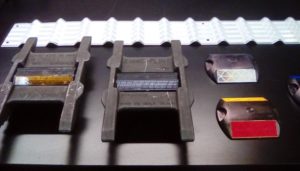
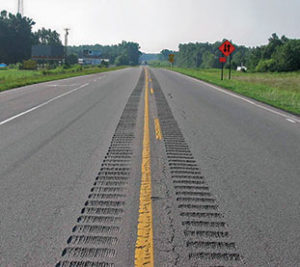
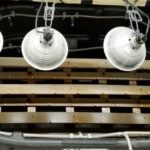
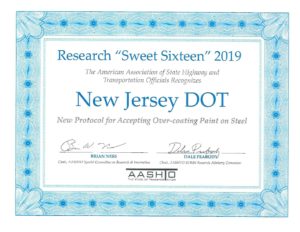
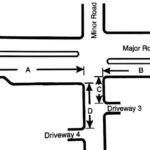
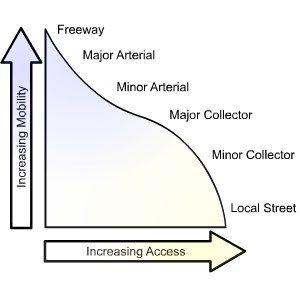
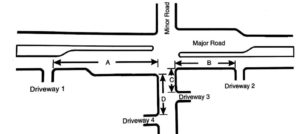


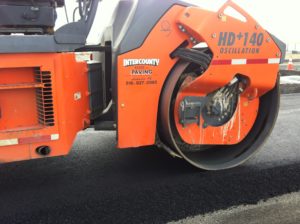
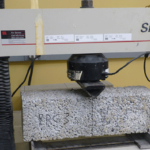
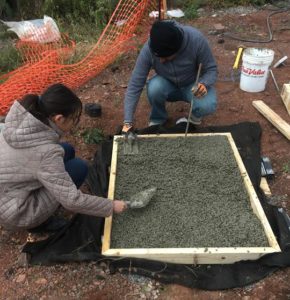
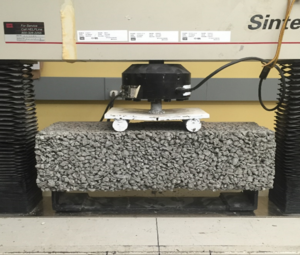
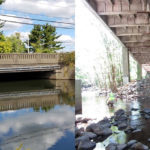
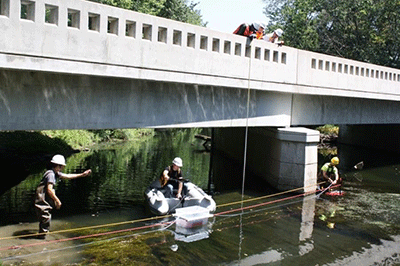
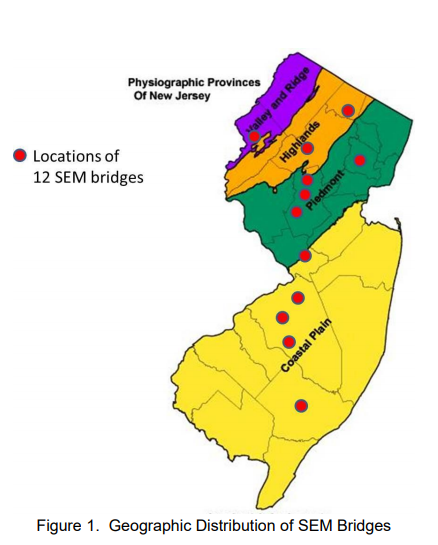 Secondly, the project evaluated 12 bridges fully using SEM with the participation of three consulting firms. Two of the bridges in the study were found to be Priority 1 (high risk), one bridge was found to be Priority 3 (medium to low risk) and nine bridges were found to be Priority 4 (low risk). The low risk bridges were then recommended for removal from the scour critical list.
Secondly, the project evaluated 12 bridges fully using SEM with the participation of three consulting firms. Two of the bridges in the study were found to be Priority 1 (high risk), one bridge was found to be Priority 3 (medium to low risk) and nine bridges were found to be Priority 4 (low risk). The low risk bridges were then recommended for removal from the scour critical list.